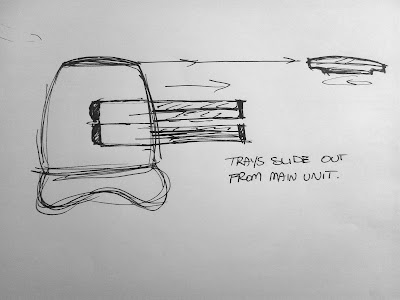An Inconvenient Truth, presented and narrated by Al Gore is a revealing documentary that focuses on breaking down public barriers and common misunderstandings about global warming and the current condition of our earth. Statistical evidence and rare chart insights about CO2 levels and the temperature of our earth were shown to make evident that the earth is in fact changing unfortunately for worse rather than better.
One of the most interesting pieces of information that reinforces the severity of global warming was the case study presented about ice shelves in Antarctica and how small pockets of water heated to a warmer temperature caused an entire ice shelf to literally disintegrate in 35 days – observed by scientists through satellite photography. This rapid degradation of an ice shelf “the size of Rhode Island” brought to light how serious this situation is, and that we must do more as a population to maintain the current condition of our planet.
Al Gore also raises the important point that it’s a moral issue to protect our earth and environment, and to ignore the current situation and let things worsen is morally unethical. As designers, we must pay particular attention to the mention of ethics, especially in developing products that are to be released into our world and interact with humans. Materials, transport, manufacture and packaging are some of the main factors that, if not managed effectively, can have an immense impact on our environment as a result. As designers, we conceive the new ideas that are to be brought into our world, so we can have an influence over what is consumed by the masses. This influence should be put to great use in promoting environmentally conscious practices through our products.
Lastly, Al Gore ends the film saying that future generations may ask “what were our parents thinking? Why didn’t they wake up when they had the chance? We have to hear that question from them now.” This is a powerful take home message to all of us that promotes us as a people to act now, rather than turn a blind eye toward the issue for it only to worsen and be adopted by generations to come. We are here now, and must do what we can as a people now to improve our earth’s state – we must lay out a healthy working plan for future generations to follow.
As noted in the film, we as a people have come through war, united as multicultural nations, and united to eliminate CFC’s and eradicate the use of chemicals that increased the size of the ozone hole – there’s nothing stopping us doing the same and contributing positively to maintain a healthy environmental and global state. Human will is a powerful thing, and when collectively put to use, great things can be achieved.











